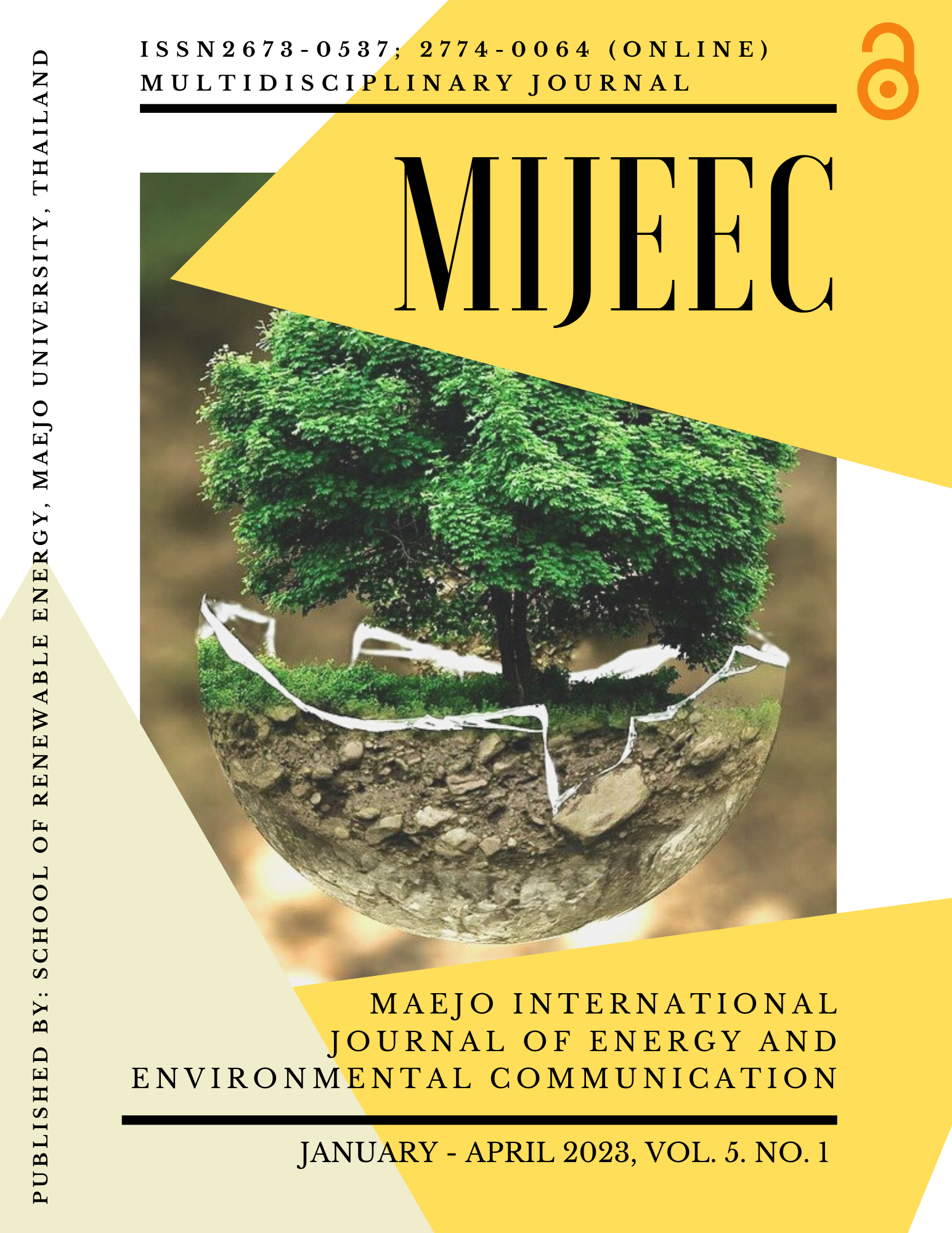Investigating the effect of solvent on the efficiency of natural pigment- based dye-sensitized solar cells
Main Article Content
Abstract
Dye-sensitized solar cells (DSSCs) have gained attention recently due to their potential in renewable energy. DSSCs explore natural dyes as an alternative to conventional ruthenium- based dyes. This study chose Ficus benjamina, a plant known for its rich pigment, as the natural dye source. The extraction process involved ethanol, methanol, and double distilled water. Using these solvents, we aimed to determine which solvent would be most effective in extracting the dye and ultimately enhancing the efficiency of the DSSCs. The efficiency (η) clocked in at 0.198%, with an open-circuit voltage (VOC) of 61.6 mV and a short-circuit current (ISC) of 0.424 mA for the F. benjamina dye. When compared to other solvents, methanol stood out distinctly. Specifically, the efficiency of the DSSC prepared with methanol-extracted dye improved by 15.67% when contrasted with the double distilled water and 11.05% when juxtaposed with ethanol. This study used a UV spectrophotometer to investigate the extracted dyes' characteristics. This instrument allowed us to meticulously analyzed the dyes’ absorption properties, providing further insights into their potential applications in DSSCs. Consequently, our research underscores the potential of natural dyes, particularly from F. benjamina, in DSSCs. The study can balance sustainability and efficiency in solar cell technology with the right solvent (methanol).
Article Details

This work is licensed under a Creative Commons Attribution-NonCommercial-NoDerivatives 4.0 International License.
Copyright © 2019 MIJEEC - Maejo International Journal of Energy and Environmental Communication, All rights reserved. This is an open-access article distributed under the terms of the Creative Commons Attribution-NonCommercial- Attribution 4.0 International (CC BY 4.0) License






